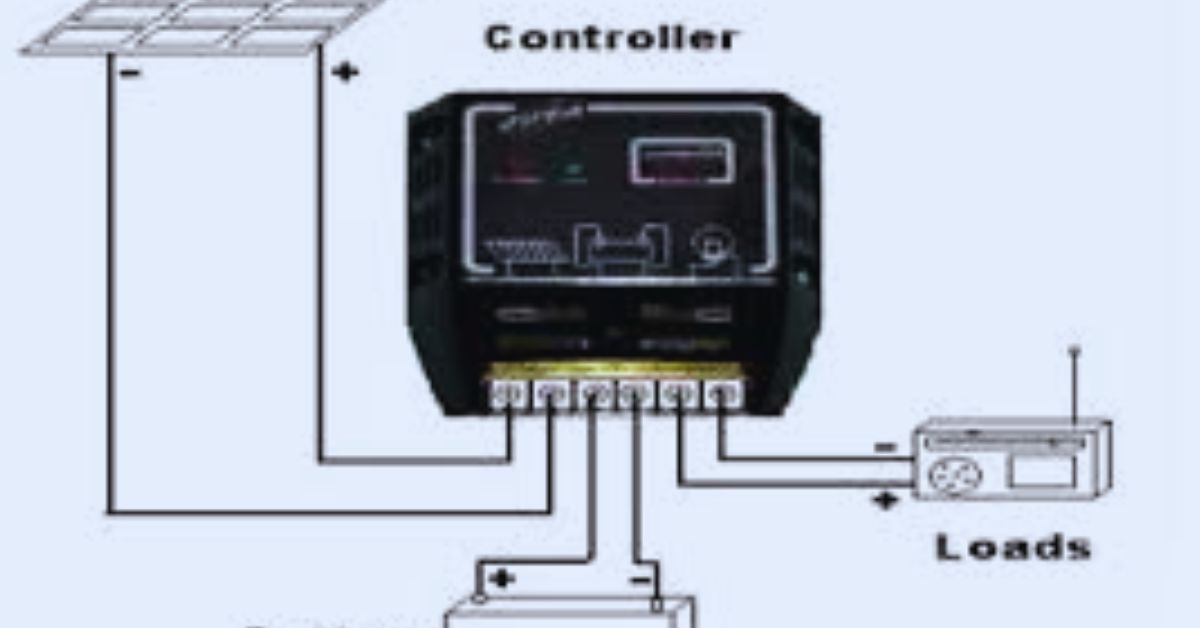In an era where renewable energy is becoming increasingly vital, understanding the components of solar energy systems is essential for anyone interested in harnessing the power of the sun. One of the most crucial components in a solar setup is the charge controller. This article will delve into what charge controllers are, how they function, and why you need one for your solar power system.
What Is a Charge Controller?
A charge controller is an electronic device that regulates the voltage and current coming from your solar panels to your batteries. Its primary function is to ensure that batteries are charged efficiently while preventing overcharging and discharging. By managing the energy flow between solar panels and batteries, a charge controller maximizes battery life and performance.
How Do Charge Controllers Work?
Charge controllers work by monitoring the battery’s state of charge (SOC) and adjusting the current from the solar panels accordingly. When the battery is low on charge, the controller allows the maximum current to flow from the solar panels. As the battery reaches its full capacity, the controller gradually reduces the current and eventually stops it, preventing overcharging.
There are two main types of charge controllers:
- PWM (Pulse Width Modulation) Charge Controllers: These are the most common type and are generally less expensive. They work by switching the connection between the solar panels and the batteries on and off at a high frequency. This method helps to regulate the charge but can be less efficient compared to MPPT controllers.
- MPPT (Maximum Power Point Tracking) Charge Controllers: These controllers are more advanced and expensive. They optimize the power output from solar panels by adjusting the electrical operating point of the modules. MPPT controllers can deliver up to 30% more energy to the batteries than PWM controllers, making them a popular choice for larger systems.
Why You Need a Charge Controller
- Battery Protection: One of the most important reasons to invest in a charge controller is to protect your batteries. Overcharging can lead to battery damage, reduced capacity, and ultimately, shorter lifespan. A charge controller prevents this by regulating the charging process.
- Improved Efficiency: By optimizing the energy transfer from solar panels to batteries, charge controllers enhance the overall efficiency of your solar power system. This means you get more usable energy from your solar setup, making it a more cost-effective solution.
- Cost-Effectiveness: While there is an upfront cost associated with purchasing a charge controller, the long-term benefits often outweigh the initial investment. By protecting your batteries and maximizing their lifespan, you can save money on replacements and maintenance over time.
- System Monitoring: Many modern charge controllers come equipped with display screens or smartphone connectivity that allow users to monitor their system’s performance. This feature enables you to keep track of energy production, battery health, and overall system efficiency, giving you valuable insights into your solar setup.
- Compatibility: Charge controllers are compatible with various types of batteries, including lead-acid, lithium-ion, and gel batteries. This versatility means you can choose the best battery technology for your needs while still benefiting from the protection and efficiency provided by a charge controller.
Conclusion
In summary, a charge controller is an essential component of any solar power system. It protects your batteries, improves efficiency, and ultimately contributes to a more reliable and cost-effective energy solution. Whether you are a homeowner looking to reduce energy bills or an enthusiast aiming for energy independence, investing in a charge controller is a wise decision that will pay off in the long run. By understanding the role of charge controllers, you can make informed choices about your solar energy system and maximize its potential.
